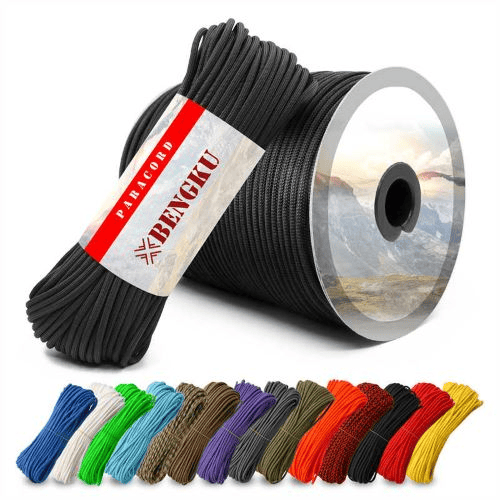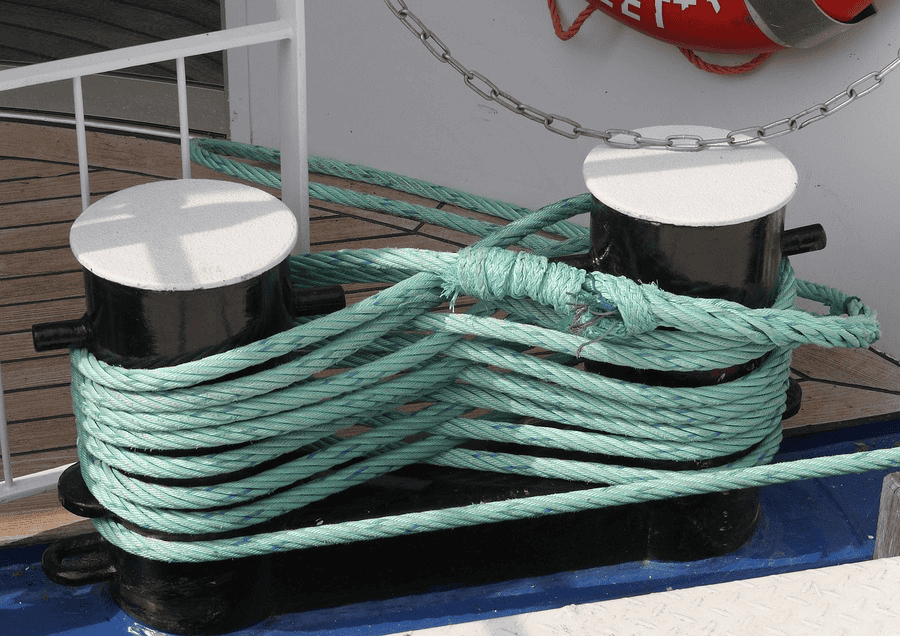
Welcome to our comprehensive guide on paracord thickness! As a professional outdoor gear company specializing in survival and bushcraft products, we understand the importance of selecting the right paracord for various outdoor applications. In this in-depth blog post, we aim to demystify paracord thickness and explore different paracord types, including Paracord 550 and Paracord 750 Type IV. Whether you’re a company, manufacturer, or outdoor enthusiast, understanding paracord thickness is crucial for your outdoor gear needs. Let’s dive into the world of paracord dimensions!
Why Paracord Thickness Matters
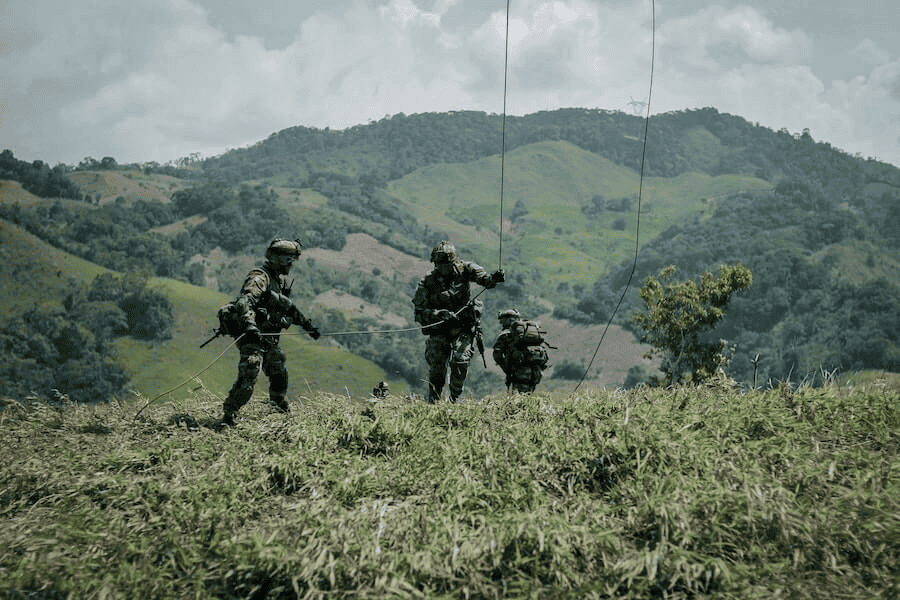
In this section, we’ll delve deep into the significance of paracord thickness and its critical role in outdoor activities. Understanding why paracord thickness matters is essential for companies, manufacturers, and outdoor enthusiasts alike.
Strength and Durability
Paracord is primarily known for its incredible strength and durability. The thickness of paracord directly influences its load-bearing capacity and resilience. Thicker paracord generally possesses a higher breaking strength, making it suitable for tasks that require robust support.Paracord Strength and Testing
Versatility
Paracord’s versatility lies in its ability to adapt to various outdoor scenarios. The thickness of the cord plays a crucial role in determining its versatility. Thinner paracord is more flexible and easier to work with for intricate tasks, while thicker paracord excels in heavy-duty applications.Choosing the Right Paracord for Your Needs
Safety
Paracord is often used in situations where safety is paramount. Whether it’s creating survival gear, securing tents, or crafting emergency equipment, the thickness of the cord can significantly impact safety levels. Choosing the right thickness ensures that the paracord can withstand the intended tasks without compromising safety.
Understanding the importance of paracord thickness is the first step in making informed decisions for your outdoor endeavors. By recognizing its impact on strength, versatility, and safety, you can select the appropriate thickness for specific tasks, ensuring successful outcomes in your outdoor adventures.
Understanding Paracord Types and Thickness in Detail
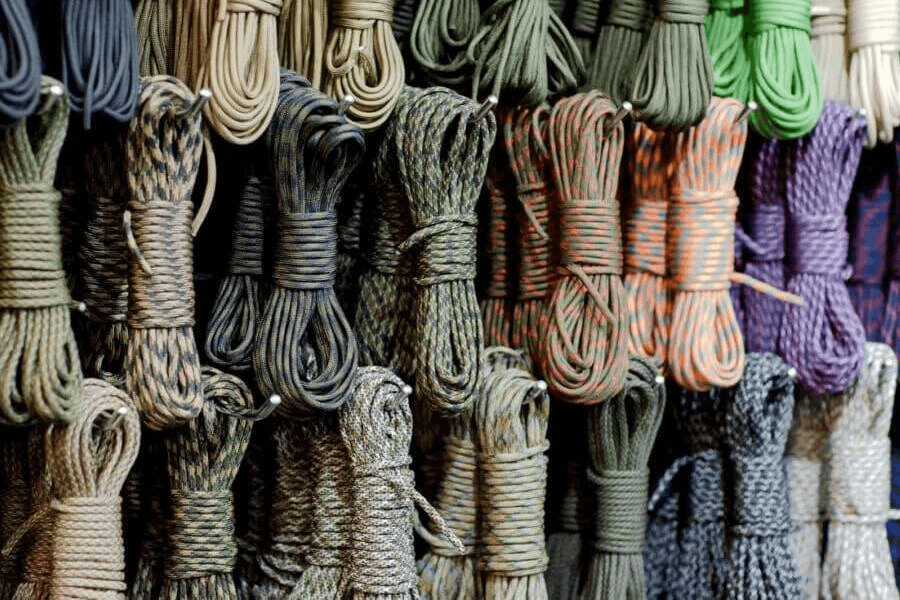
In this section, we’ll take a closer look at different paracord types and delve into their specific thickness characteristics. It’s essential to understand these variations to choose the right paracord for your outdoor needs.
Paracord 550 (Type III 550)
Paracord 550 is perhaps the most well-known and widely used type of paracord. As the name suggests, it has a minimum breaking strength of 550 pounds, making it suitable for a wide range of applications. The thickness of Paracord 550 typically ranges from approximately 4 to 5 millimeters.
- Outdoor Applications: Paracord 550 is ideal for shelter construction, securing gear, and creating survival tools. Its versatility and strength make it a favorite among outdoor enthusiasts.
- Knot Tying: Due to its manageable thickness, Paracord 550 is relatively easy to tie into various knots, making it suitable for intricate knot work in survival situations.
Paracord 750 Type IV
Paracord 750 Type IV is a heavyweight paracord designed for more demanding tasks. With a minimum breaking strength of 750 pounds, it offers additional reliability in challenging situations. This type of paracord is noticeably thicker, measuring around 6 to 7 millimeters in diameter.
- Heavy-Duty Applications: Paracord 750 Type IV is favored for heavy-duty tasks such as building larger shelters, creating robust equipment, and securing heavy loads.
- Specialized Use: While thicker, it may not be as versatile as Paracord 550 for general applications. However, its strength makes it essential for specific scenarios.Survival Shelters Using Paracord 750
Paracord Nylon
Paracord is available in various materials, including nylon. Nylon paracord is recognized for its durability, resistance to abrasion, and flexibility. The thickness of nylon paracord can vary, ranging from approximately 4 to 7 millimeters.
- Durability and Versatility: Nylon paracord is well-suited for a wide array of outdoor tasks due to its resilience and flexibility.
- Abrasion Resistance: It maintains its integrity even in abrasive conditions, making it a dependable choice for rugged outdoor adventures.
Paracord Mil-C-5040H
Paracord Mil-C-5040H is a military-grade paracord known for its exceptional strength and reliability. It is available in various thicknesses, including Type I (1.18mm), Type II (1.52mm), and Type IV (3.18mm).
Understanding the nuances of these paracord types and their respective thicknesses empowers outdoor enthusiasts, manufacturers, and companies to make informed choices. Whether you’re embarking on a survival mission, camping in the wilderness, or working on DIY projects, selecting the right paracord based on thickness is key to achieving your objectives.
Making the Right Choice for Your Needs
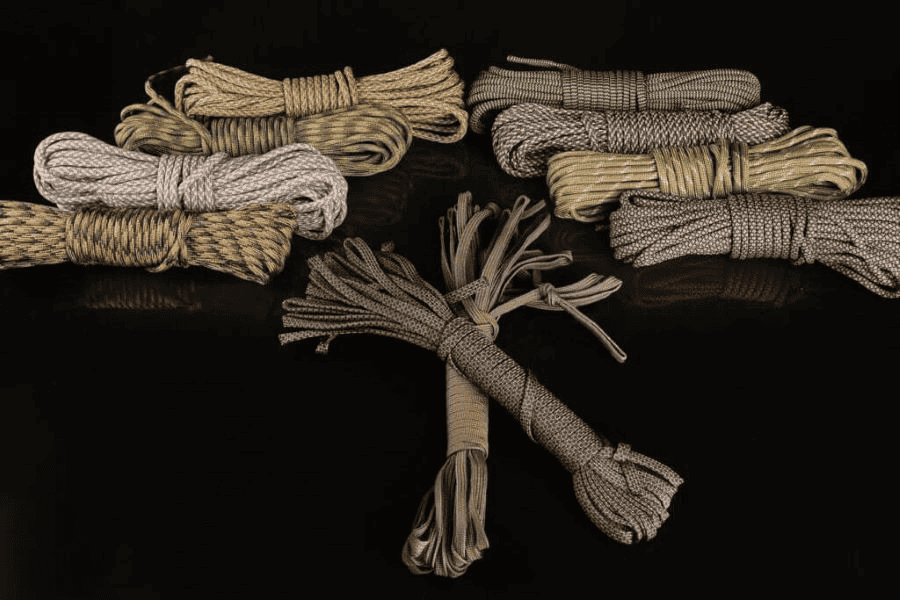
In this section, we’ll guide you through the process of selecting the ideal paracord thickness for your specific requirements. Making the right choice ensures that your outdoor adventures or projects are both safe and successful.
Assess Your Outdoor Activities
The first step in choosing the right paracord thickness is to evaluate the nature of your outdoor activities. Consider whether you’ll primarily use paracord for light-duty tasks, such as crafting, or heavy-duty applications, like constructing shelters or securing heavy loads.Outdoor Activities and Paracord Use
Weight and Portability
If you’re planning on carrying paracord during your outdoor excursions, consider the weight and portability factor. Thicker paracord may be more substantial and take up more space in your gear, while thinner options are lightweight and easy to pack.
Strength Requirements
Assess the strength requirements of your tasks or projects. Thicker paracord generally offers higher tensile strength. Ensure that the paracord you choose can comfortably handle the loads it will be subjected to.Choosing Paracord for Heavy-Duty Applications
Consider Specialized Needs
For certain specialized needs, such as survival kits or military applications, you might require specific paracord types with designated thicknesses. Be sure to research and select paracord that complies with any industry or regulatory standards.
Consider Specialized Needs
For certain specialized needs, such as survival kits or military applications, you might require specific paracord types with designated thicknesses. Be sure to research and select paracord that complies with any industry or regulatory standards.
Test and Familiarize
Before embarking on critical outdoor adventures or projects, it’s wise to test your chosen paracord’s thickness and capabilities in a controlled setting. Familiarize yourself with its behavior under different conditions to ensure it meets your expectations.
By following these steps and considering your specific needs, you can confidently select the right paracord thickness for your outdoor activities or projects. Remember that safety and functionality should always be your top priorities.
Comparing Paracord Thickness in Real-Life Scenarios

In this comprehensive section, we’ll explore real-life scenarios and conduct a detailed comparison of different paracord thicknesses. Understanding how paracord performs in practical situations is vital for making informed decisions.
Outdoor Camping and Hiking
In outdoor camping and hiking, paracord serves various purposes, from setting up tents to crafting makeshift tools. Let’s compare different paracord thicknesses in this context:
- Thick Paracord (e.g., 550 Paracord): Thick paracord offers robust support for building shelters and securing heavy loads. Its durability and load-bearing capacity make it suitable for constructing sturdy structures.
- Thin Paracord (e.g., 275 Paracord): Thin paracord is more lightweight and flexible, making it ideal for crafting items like survival bracelets or repairing gear. However, it may not provide the same level of strength for heavy-duty tasks.
Emergency Survival
Paracord is often a crucial component of survival kits. Let’s evaluate how different thicknesses perform in emergency situations:
- Thick Paracord (e.g., 750 Paracord): Thick paracord with a higher weight rating is essential for constructing emergency shelters, rappelling, or securing heavy loads during rescue operations.
- Thin Paracord (e.g., 325 Paracord): Thin paracord is valuable for crafting compact survival kits and carrying it as part of your EDC (Everyday Carry). It’s useful for tasks like making snares or fashioning fishing lines.
Crafting and DIY Projects
Paracord enthusiasts often use it for creative crafting and DIY projects. Let’s assess the suitability of different thicknesses for these endeavors:
- Thick Paracord (e.g., 425 Paracord): Thick paracord provides a robust foundation for crafting items like dog collars, belts, and hammocks. Its thickness ensures durability and longevity.
- Thin Paracord (e.g., 95 Paracord): Thin paracord is perfect for intricate knot work and crafting items like keychains, lanyards, and jewelry. Its flexibility allows for detailed designs.
By examining these real-life scenarios, you can make informed decisions about the paracord thickness that best suits your needs. Whether you’re venturing into the wilderness, preparing for emergencies, or engaging in creative projects, understanding the practical implications of paracord thickness ensures you’re well-equipped for any situation.
FAQ
Q1: Is Paracord 550 suitable for load-bearing tasks?
Paracord 550 is commonly used for load-bearing tasks due to its strength and versatility.
Q2: What is the maximum weight Paracord 750 Type IV can support?
Paracord 750 Type IV has a higher weight rating than Paracord 550, making it suitable for heavier loads.
Q3: Does paracord thickness affect its knot-tying capabilities?
Thicker paracord may require different knot-tying techniques due to its size.
Conclusion
In conclusion, understanding paracord thickness and selecting the right type for your outdoor needs is essential for companies, manufacturers, and outdoor enthusiasts. Whether you’re preparing for survival situations, camping, hiking, or working on creative projects, the thickness of paracord plays a vital role in its performance. By considering factors such as load-bearing capacity, application, and environmental conditions, you can make informed decisions when choosing the perfect paracord for your endeavors.
As you explore the world of paracord and outdoor gear, remember that paracord thickness is a key factor in achieving your desired outcomes. If you have further questions or require assistance in selecting the ideal paracord thickness, please feel free to reach out to us. Happy adventuring!

